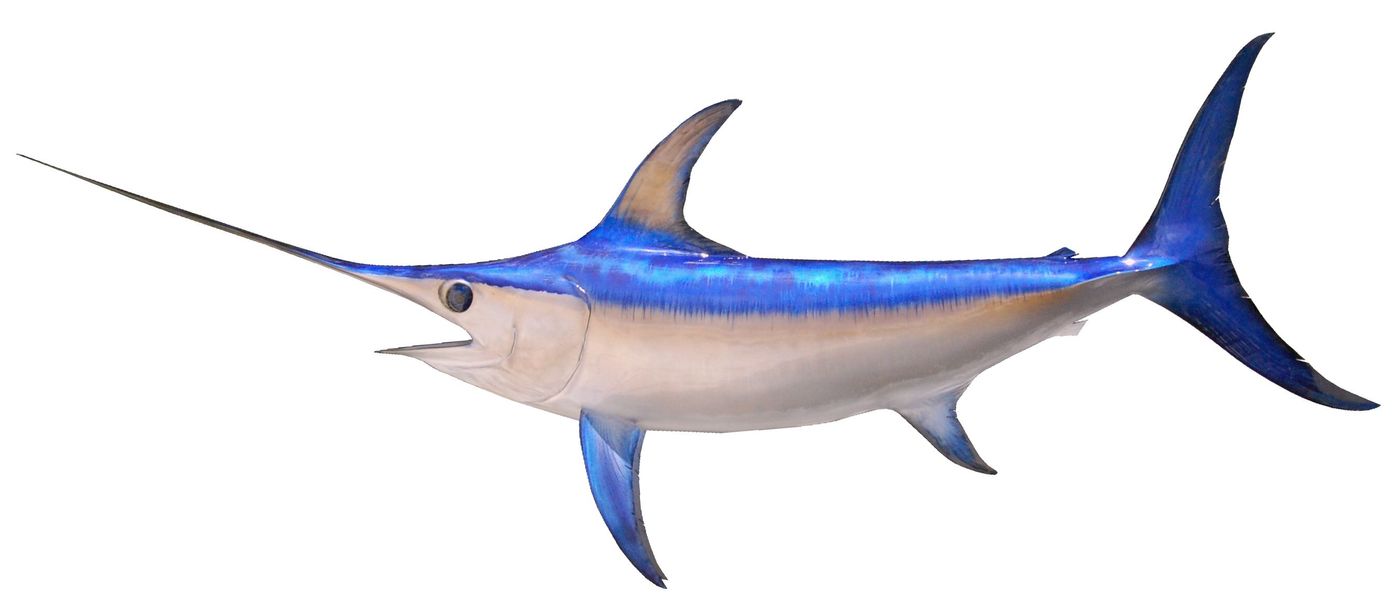The Secret Behind a Swordfish's Speed
If you show someone a swordfish, it shouldn’t take them much longer than a second or two to identify it. The appearance of the swordfish is one of the most well-known of the sea; it’s mostly because of that long appendage that protrudes from the swordfish’s face, which looks like a sword (hence, the name).
But that’s not the only unique thing about swordfish. They’re also incredibly fast swimmers.

A swordfish can swim, on average, around 40 miles per hour, and can reach a top speed of around 62 miles per hour. For anyone who has ever tried to swim through water before, you probably know that water creates a great resistance against you.
So what’s the swordfish’s secret? – In addition to the aerodynamic bodies and tail-based propulsion systems that all fish have, swordfish may also exhibit the ability to lubricate their own heads with a type of bodily-produced oil.
A gland where the sword-shaped appendage meets the head could be constantly lubricating the swordfish’s head, which allows the head to better ‘slice’ through the resistance of water, whether it’s flowing or still-standing.
This drag-reducing feature is explained in detail in a study by researchers that has been published the Journal of Experimental Biology.
The scientists reportedly found and studied the gland under MRI scanners to get a closer look. They also tried some other methods to reveal more, including the use of a lightbulb against the creature’s skin to see where the oil might come from.
They found a network of vessels in the creature’s skin that all seemed to originate from the proposed oil gland. The findings suggest that the gland feeds the vessels, and allows the oil to secrete at the creature’s skin surface.
So how would this make them faster swimmers?
Because oil is lighter than water, you may notice how when you try to wash oil off of your hands after cooking with nothing more than water, the oil stays. You need soap, or some sort detergent to ‘de-grease’ your hands.
The same concept applies here. The oil sticks to the fish’s head, despite all the water around it. Because oil is hydro-phobic, water doesn’t stick to oil and anything that’s lubricated can just push through water without any friction and without a whole lot of resistance.
The idea that the oil serves an important role in the fish’s abnormally high top speed may be very viable. The team estimates that the oil could reduce friction by as much as 20%, but that’s without any actual testing.
Source: EurekAlert, Popular Science








